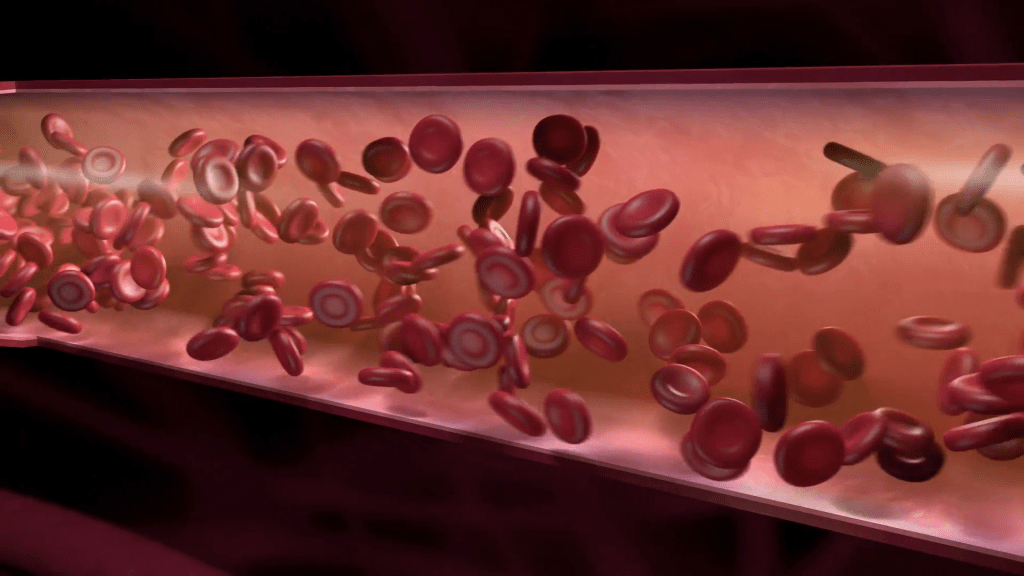Causes & Symptoms of High Red Blood Cell Count
Polycythemia vera
Polycythemia vera is a type of blood cancer in which your bone marrow makes too many RBCs, which causes your blood to become too thick. Which will make you more likely to have blood clots, a stroke, or even a heart attack.
This disease actually develops very slowly, usually over a period several years. Although it can even be life-threatening if you don’t get any treatment, then most people have a good chance of living a long life if they are getting the proper nutrition and exercise.
Most people find out they have this condition when they’re 60 or older. But it can happen at any age. It’s more common among men than women.
If you have polycythemia vera, the first sign may be when a routine blood test shows that you have a high number of blood cells than the rest.
The treatment you get totally depends on your age and your particular case.if you don’t get any symptom this disease may even go undetected that’s why a preventive health care checkup is vital as you can’t always depend upon the symptoms as they can be very vague.
Want to know about causes of Low Platelets count: Read More: What are the Causes of Low Platelet Count?
Causes
You don’t simply “catch” polycythemia vera-like you do a cold or a flu. It’s something you get because of the malfunctioning of the JAK2 gene.This gene is supposed to ensure that your bone marrow doesn’t produce too many RBCs.
Your bone marrow generally makes three types of blood cells: red, white blood cells, and platelets. Red blood cells carry oxygen, white provides immunity against infections, and platelets clot the blood to stop bleeding.
Most people with polycythemia vera have too many red blood cells. But the disease may also cause you to have too many of the white blood cells and platelets.
Although it’s rare, parents can pass this broken gene to children. Most likely, the problem in your JAK2 gene happens over the course of your life.
Symptoms
At first, you may not notice any problems. But when you start experiencing symptoms, you may have:
- Frequent Headaches and dizziness
- Double vision syndrome
- Excessive Sweating at night
- Reddened face that appears like sunburn or blushing
- Immoderate Weakness
- Frequent Dizziness
- Unexplainable Weight loss
- Shortness of breath
- Tingling or burning hands or feet
- Swelling of a joint.
The diagnosis of polycythemia vera
Doctors usually diagnose PV based on the signs and symptoms, your age medical history backed up by the appropriate test results.
During the physical examination, doctors tend to look for an enlarged spleen, bleeding gums and any sign of redness on your face.
Once it is confirmed that you have polycythemia, the next step is to enquire out whether you have the primary polycythemia (polycythemia vera) or secondary polycythemia.
Specialists Involved
If your primary care doctor detects you have PV, then your next step is to go to a hematologist. A hematologist is a doctor who mostly specializes in the diagnosis and the treatment of various blood diseases and conditions.
Complete Blood Count
Often, the primary test used to diagnose PV is a CBC. The CBC measures many components of your blood.
This test checks mainly involves your hemoglobin (HEE-muh-glow-bin) and hematocrit (hee-MAT-oh-crit) levels. A high level of hemoglobin or hematocrit may be a sign of PV.
The CBC also detects the number of red blood cells, white blood cells, and platelets in your blood. Abnormal observations may be a result of PV, a blood disorder, an infection, or another blood-related condition.
Bone Marrow Test
Bone marrow tests can whether your bone marrow is healthy or not. These tests will also indicate whether your bone marrow is making an adequate number of blood cells or not.
The two most common bone marrow tests are aspiration (as-pi-RA-shun) and biopsy. For aspiration, your doctor removes a small amount of bone marrow fluid through a needle which after being observed under a microscope indicate the severity of the condition.

